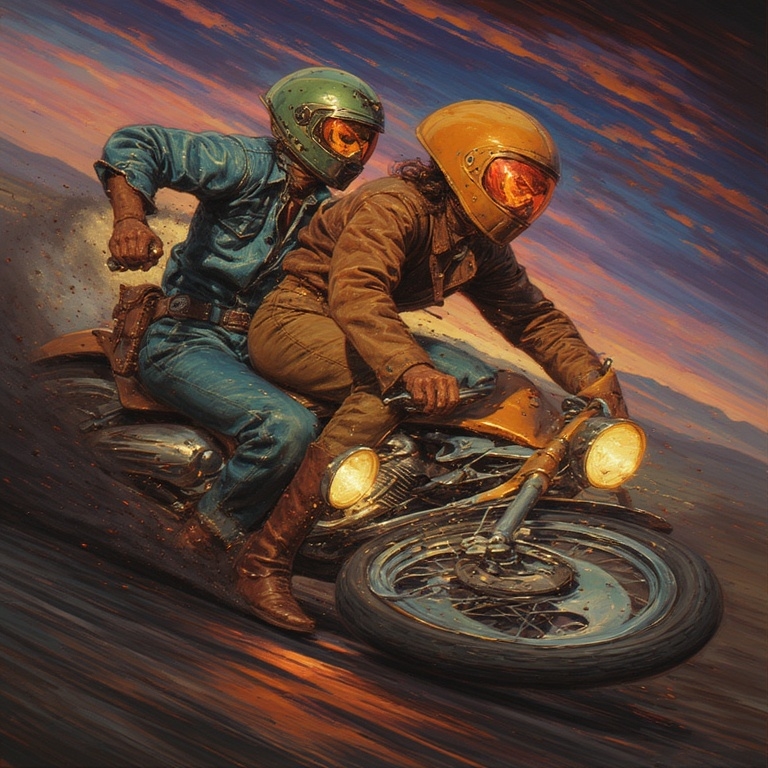
Reclaiming Motion, Rewriting Identity
Motorcycle Riders – More Than Just a Ride
Motorbike riders are often romanticized as free spirits, adrenaline junkies, or lone adventurers. But beneath the surface lies a rich psychological landscape shaped by autonomy, identity, risk, and emotional depth. Riding a motorcycle is not just a physical act – it’s a cognitive and emotional experience that speaks to the very core of what it means to be human.
Beyond the Helmet – Identity, Autonomy, and the Rider’s Mind
The motorbike is more than a machine – it’s a mirror. Riders often describe their bikes as extensions of themselves, reflecting personal values like freedom, precision, rebellion, or adventure. This fusion of body and machine creates a unique sense of agency. Unlike driving a car, riding demands full-body engagement, where balance, speed, and trajectory are controlled with precision and instinct.
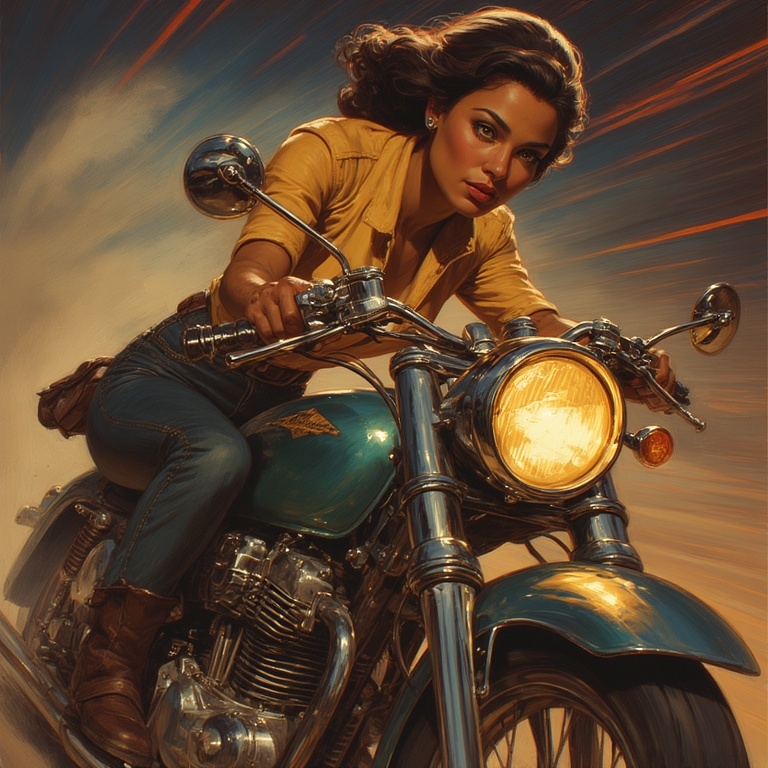
Isle of Man – Speed, Madness, and the Edge of Human Capability
The Isle of Man TT is not just a race—it’s a ritual of defiance. Held on public roads with stone walls, blind corners, and zero margin for error, it’s the most dangerous motorcycle event in the world. Riders reach speeds over 300 km/h through villages and countryside, threading the needle between glory and death.
Psychologically, the TT represents the outer edge of human capability. It’s not just about skill—it’s about obsession, fear management, and a willingness to dance with mortality. Riders train their minds to suppress hesitation, to trust muscle memory, and to enter a flow state where time dilates and thought disappears. Crashes are common. Fatalities are expected. Yet every year, they return.
The Isle of Man is a paradox—beautiful and brutal, sacred and profane. It strips away the illusion of safety and forces riders to confront the raw truth of speed. For spectators, it’s awe-inspiring. For participants, it’s transcendence through terror. The TT is not a sport. It’s a psychological crucible.

Scooters Are Not Motorcycles – The Psychology of Power, Posture, and Perception
Let’s be clear—scooters are not motorcycles. They may share two wheels and an engine, but psychologically, culturally, and mechanically, they occupy a different universe.
Motorcycles demand engagement. You straddle the machine, grip the tank with your knees, shift gears manually, and feel every vibration. The posture is assertive, the control intimate. Riding a motorcycle is a full-body experience—an act of dominance, precision, and flow.
Scooters, by contrast, are passive. You sit upright, feet together, often with automatic transmission. The experience is closer to riding a chair than commanding a beast. There’s less risk, less skill, and less psychological immersion.
Culturally, scooters are associated with convenience, urban commuting, and accessibility. Motorcycles evoke rebellion, adventure, and mastery. The scooter rider navigates traffic. The motorcyclist confronts the road.
This distinction matters. It’s not about elitism—it’s about experience. To ride a motorcycle is to enter a psychological state of heightened awareness, control, and identity. A scooter may get you there, but it won’t change you along the way.
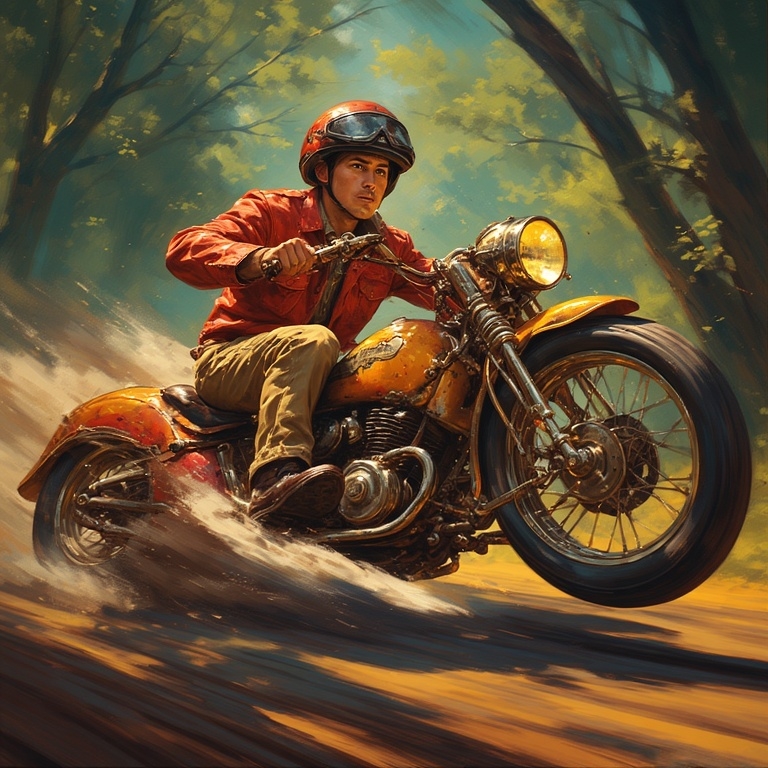
Risk, Reward, and the Neurochemistry of the Ride
Motorbike riding is inherently risky – and that risk is part of its psychological appeal. The brain responds to danger with heightened awareness and a surge of neurochemicals like adrenaline, dopamine, and endorphins. These create feelings of exhilaration, clarity, and even euphoria.
Sensory Immersion – Riding as a Full-Body Experience
Motorbike riding engages all five senses in ways that few other activities do. The feel of the wind, the vibration of the engine, the smell of rain on asphalt, the sight of an open horizon – these sensory inputs create a vivid, immersive experience.
Cognitive Load – Mental Demands of the Road
Riding a motorcycle requires constant mental engagement. From scanning for hazards to managing gear shifts and lane positioning, the cognitive load is substantial. This mental demand can be both exhausting and exhilarating.
Emotional Regulation – Riding as a Psychological Outlet
For many riders, the motorbike is a tool for emotional regulation. The act of riding can alleviate stress, reduce anxiety, and provide clarity during emotional turbulence. The rhythmic hum of the engine and the solitude of the road contribute to a calming effect.
Cultural Symbolism – The Mythology of the Rider
Motorcycles carry deep cultural symbolism. From cinematic icons to real-world subcultures, the rider is often portrayed as a figure of rebellion, freedom, and authenticity. These archetypes influence how riders see themselves and how society perceives them.

Group Dynamics – Trust, Ritual, and Shared Experience
Riding in groups introduces a different psychological dimension. Group rides require coordination, trust, and shared norms. These shared experiences foster deep social bonds and a sense of collective resilience.
Nomads and Bikeys – The Psychology of the Drifter
Nomadic riders and outlaw bikeys represent a unique psychological archetype – the drifter untethered from conventional society. For these riders, the road is not just a path but a way of life. Their identity is shaped by movement, independence, and resistance to conformity.
Female Riders – Breaking Stereotypes and Reclaiming Space
The rise of female motorbike riders challenges long-standing gender norms. For many women, riding is an act of empowerment – a reclaiming of space, speed, and visibility. Female riders often report increased confidence, self-reliance, and community support.
Disability and Motorcycles – Reclaiming Motion, Rewriting Identity
For riders with disabilities, the motorcycle is more than a machine—it’s a declaration. A declaration of autonomy, defiance, and self-definition in a world that often equates disability with limitation. Adaptive motorcycling is not just about engineering—it’s about psychology, dignity, and the reclamation of motion.
Modified bikes—whether outfitted with hand controls, custom seating, prosthetic-compatible gear shifts, or trike conversions—allow riders to tailor the machine to their body, not the other way around. This customization is deeply symbolic. It says: I will ride on my terms.
Psychologically, the impact is profound. Riding offers a sense of agency that many disabled individuals are denied in daily life. The road doesn’t care about your diagnosis. The wind doesn’t discriminate. On a bike, the rider is not a patient, not a statistic, but a force in motion. This shift in identity—from passive to active, from observed to observer—is emotionally liberating.
There’s also a community dimension. Adaptive riders often form tight-knit networks, sharing technical knowledge, emotional support, and road stories. These communities challenge stereotypes and expand the definition of what a motorcyclist looks like. They also serve as living proof that resilience is not just about surviving—it’s about thriving.
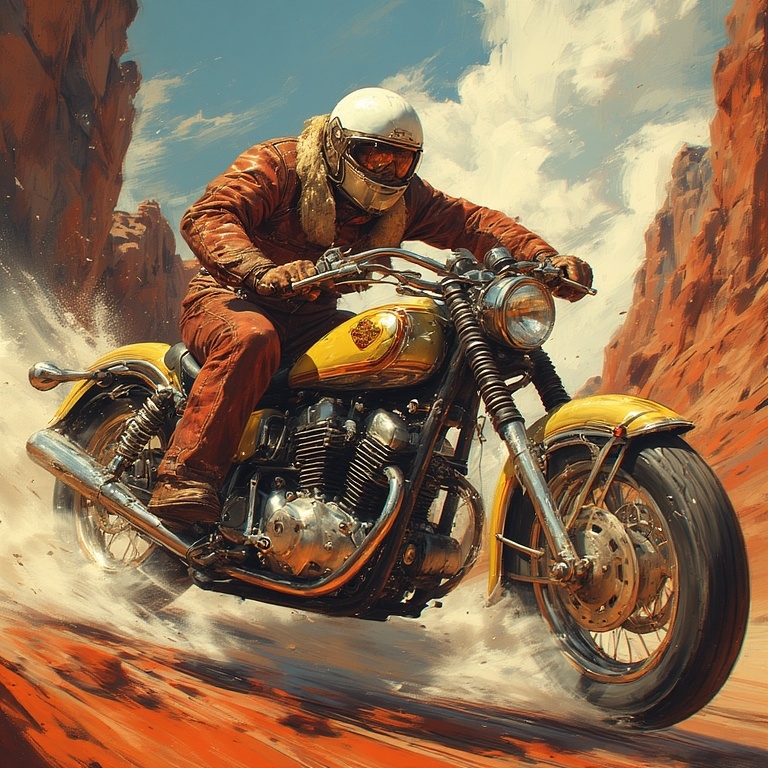
Dogs Hate Motorcycles – A Sensory Clash
It’s a common sight – dogs barking furiously at passing motorcycles. This reaction is rooted in sensory overload. The high-pitched engine noise, rapid movement, and unfamiliar silhouette trigger a defensive response in dogs.
Freedom of the Motorbike – The Open Road as Liberation
Few experiences rival the sense of freedom that comes with riding a motorbike. The open road, the absence of barriers, the ability to choose direction at will – all contribute to a psychological state of liberation.
The Beauty of Bikes – Aesthetic Psychology and Design
Motorcycles are not just functional machines – they are objects of beauty. The curves, symmetry, chrome, and craftsmanship evoke aesthetic pleasure and emotional resonance.

Bonneville Flats – Speed, Solitude, and the Sublime
The Bonneville Salt Flats in Utah are legendary among riders and speed enthusiasts. Psychologically, they represent the sublime – vastness, silence, and the pursuit of limits.
Childhood Fascination – When the Spark First Ignites
For countless riders, the love of motorcycles begins in childhood. A glimpse of a roaring bike, a ride on a parent’s lap, or a toy motorcycle can plant the seed.
The Cruiser Lifestyle – Comfort, Community, and the Long Haul
Cruiser riders embrace a lifestyle of comfort, endurance, and camaraderie. These bikes are built for long journeys, relaxed posture, and scenic exploration.
The Sportsbike Mindset – Precision, Speed, and Control
Sportsbike riders are drawn to performance, agility, and precision. These machines demand skill, focus, and rapid decision-making.
MotoGP – The Pinnacle of Rider Psychology
MotoGP represents the highest level of motorcycle racing – a crucible of talent, strategy, and psychological endurance.

Mechanical Intimacy – The Bond Between Rider and Machine
Riders often speak of knowing their bike “inside and out.” This mechanical intimacy goes beyond maintenance – it’s a psychological bond formed through touch, sound, and responsiveness. Adjusting a carburetor, tuning suspension, or simply listening to engine tone builds trust and familiarity. The bike becomes a living system, and the rider its caretaker. This relationship fosters a sense of mastery, responsibility, and pride.
Speed, Impact, and Cinematic Myth – The Brutal Poetry of the Open Road
Speed is the drug. Not in the reckless sense, but in the way it distorts time, heightens sensation, and strips away everything but the present moment. At 100 km/h, the world blurs into a tunnel of wind and vibration. The rider becomes pure instinct—leaning, scanning, adjusting. It’s meditative, but it’s also brutal.
Then comes the bug.
A beetle, a bee, a dragonfly—doesn’t matter. At high velocity, even a tiny insect becomes a projectile. The impact stings, startles, and reminds the rider of their vulnerability. It’s a moment of absurdity and violence, often followed by laughter or a curse. But it’s also symbolic: the road doesn’t care. Nature doesn’t yield. You’re exposed, and that’s part of the deal.
Crashing, on the other hand, is the rupture. The poetry turns to prose—hard, painful, unforgiving. Whether it’s a slide on gravel or a collision with a distracted driver, the psychological fallout is immense. Riders often describe a post-crash shift in perception: heightened caution, deeper respect, and sometimes, lingering fear. But many return. Not because they forget, but because they choose to confront the risk again. It’s a form of existential defiance.
Easy Rider captured this tension perfectly. The film wasn’t just about motorcycles—it was about freedom, alienation, and the cost of nonconformity. The final scene, where the protagonists are gunned down by a passing truck, is a metaphor for how society treats those who live outside its norms. The open road promises liberation, but it also exposes you to danger—both physical and ideological.
Riding fast, getting hit by a bug, surviving a crash, watching Easy Rider—these are all facets of the same truth. The motorbike is not a shield. It’s a challenge. And every rider who embraces it knows that the beauty of the ride is inseparable from its brutality.
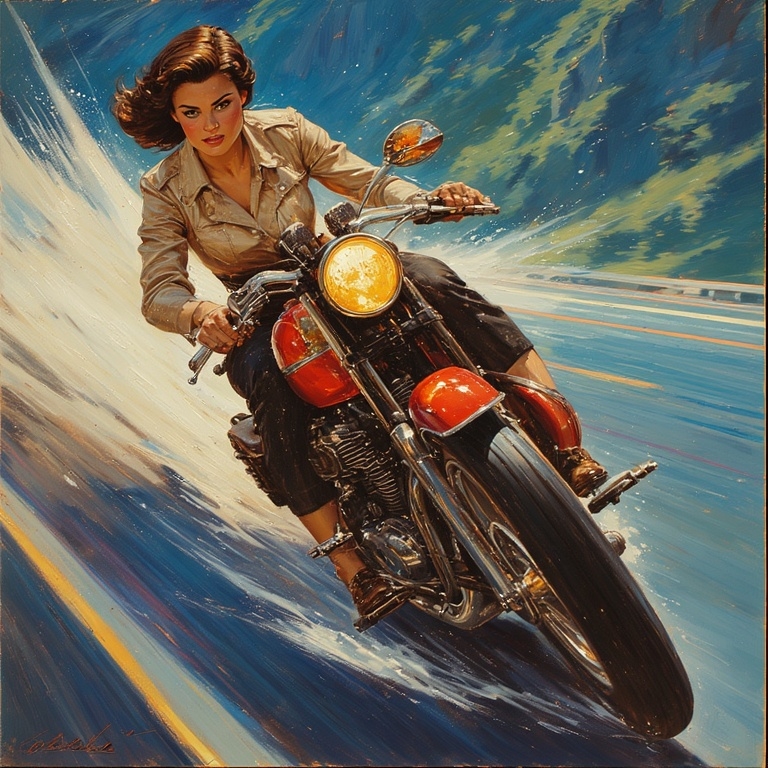
Post-Crash Psychology – Fear, Recovery, and Resilience
Crashes are a harsh reality of motorbike life. The psychological aftermath can include fear, trauma, and self-doubt. Yet many riders return to the saddle with renewed caution and deeper insight. Recovery involves not just physical healing but emotional recalibration. Riders must rebuild confidence, confront vulnerability, and redefine their relationship with risk. For some, the experience deepens their respect for the road and their own mortality.
Spiritual Riding – Transcendence on Two Wheels
Some riders describe their journeys as spiritual experiences. Long rides through quiet landscapes, sunrise rides, or solo night cruises can evoke feelings of transcendence. The combination of solitude, motion, and sensory immersion creates a meditative state. Riding becomes a ritual – a way to connect with something larger than oneself. This spiritual dimension is deeply personal, often described as healing, grounding, or sacred.
Seasonal Psychology – Riding Through the Elements
Each season brings its own psychological flavor to riding. Spring evokes renewal and excitement. Summer offers freedom and exploration. Autumn invites reflection and solitude. Winter, for those who brave it, demands resilience and preparation. Riders often form emotional associations with seasonal rides – the smell of eucalyptus in summer, the bite of cold air in winter. These sensory memories become part of the rider’s internal landscape.
The Garage Sanctuary – Where Mind Meets Machine
For many riders, the garage is more than a workspace – it’s a sanctuary. Tinkering with bikes, organizing tools, and planning rides offer psychological refuge. The garage becomes a place of solitude, creativity, and control. It’s where ideas form, problems are solved, and identities are reinforced. The act of maintaining a bike is therapeutic – a blend of craftsmanship, mindfulness, and emotional grounding.
Conclusion – The Road Within
The psychology of the motorbike rider is a rich tapestry of autonomy, identity, risk, and emotional depth. It’s not just about speed or style – it’s about navigating life with intention, presence, and courage. Whether riding solo through winding mountain roads or cruising in formation with trusted companions, the experience taps into something primal and profound. For many, the road is not just a path – it’s a mirror, a challenge, and a sanctuary.
Join the Discussion
What drives your passion for riding? Is it the thrill, the solitude, the community – or something deeper? Share your thoughts, stories, and reflections below. Let’s explore the psychology of the ride together.
#MotorcyclePsychology #RideToReflect #TwoWheelsOneMind #MotorbikeCulture #RiderIdentity #MindfulRiding #MotorcycleLife #ThrottleTherapy #RiderCommunity #MotorbikeJourney #NomadRiders #FemaleRiders #CruiserLifestyle #SportsbikeMindset #MotoGPFocus #BonnevilleSublime #MotorbikeFreedom #MotorcycleBeauty #ChildhoodDreams #DogsAndBikes #MechanicalBond #PostCrashResilience #SpiritualRiding #SeasonalRider #GarageSanctuary





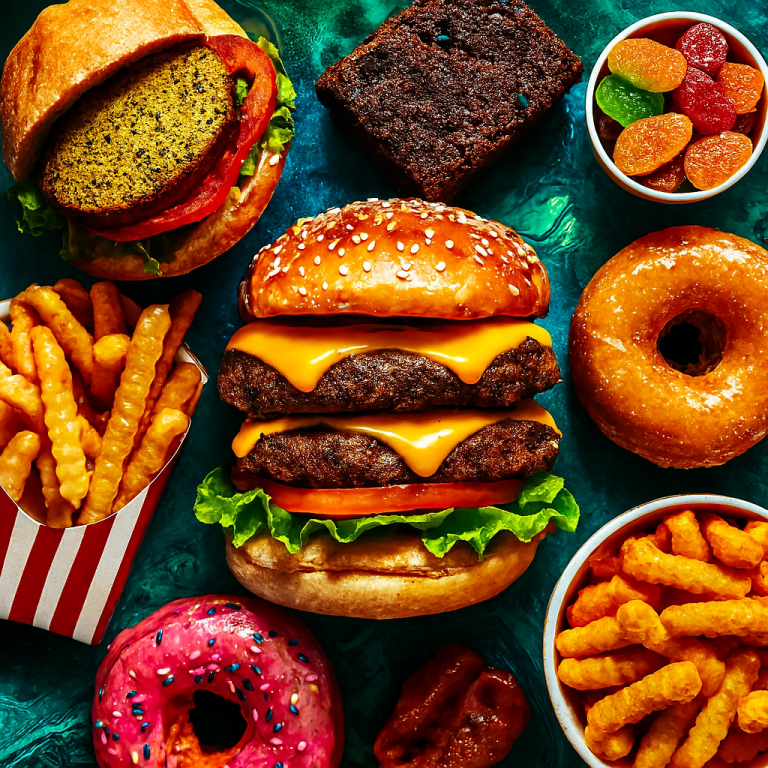
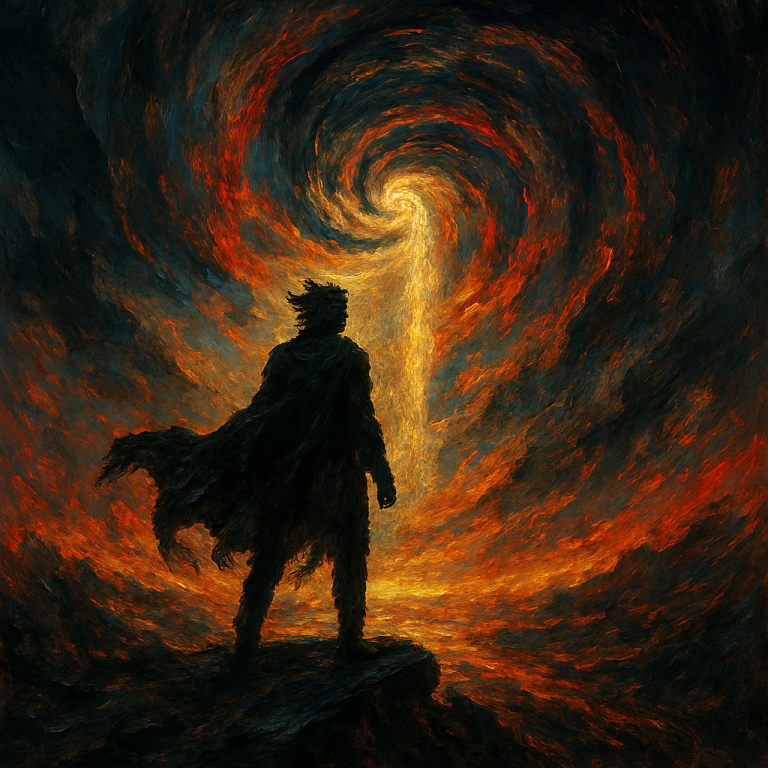
2 thoughts on “Motorcycle Throttle and Free Thought – The Psychology of the Motorbike Rider”